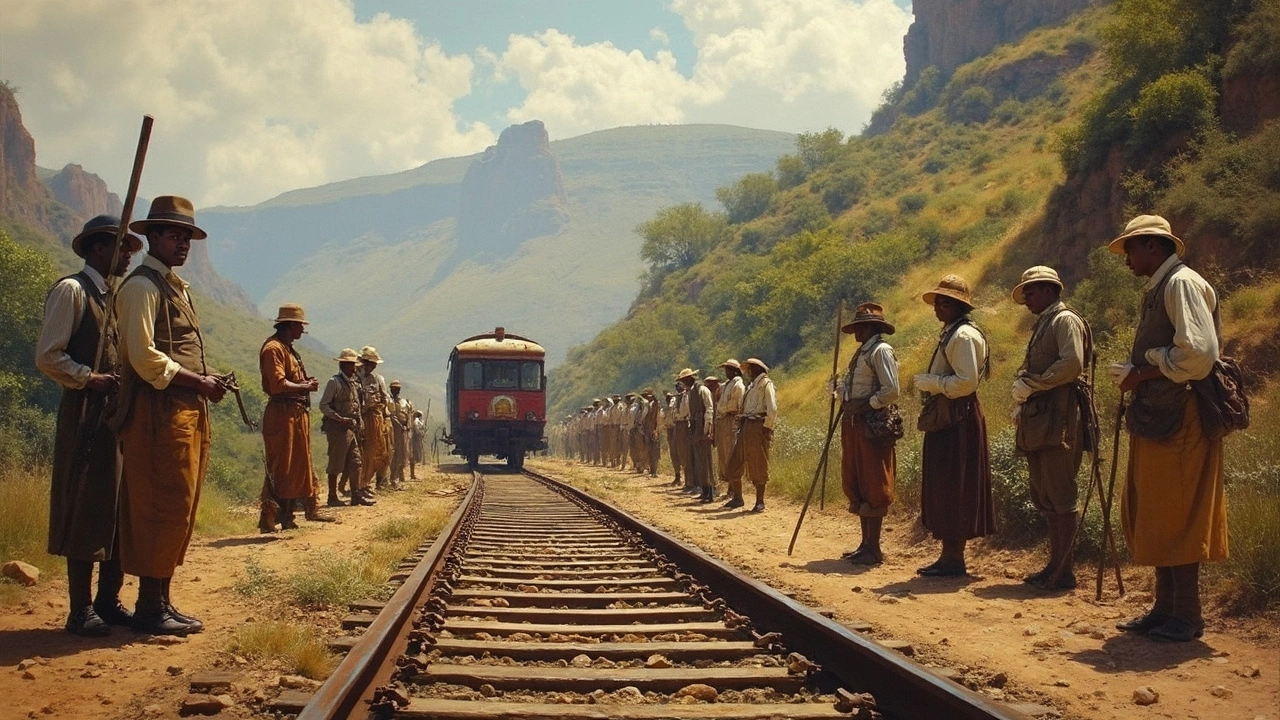Understanding Rail Infrastructure and Its Role in Africa's Transport Future
Rail infrastructure forms the backbone of many transportation networks across Africa, connecting cities and boosting economies. But what exactly does it involve? At its core, rail infrastructure includes tracks, the support systems beneath them, signals, and stations—everything that lets trains run safely and efficiently. As Africa grows, upgrading and innovating rail systems is crucial for modern transit and cargo movement.
One key innovation gaining attention is the ladder track system. Unlike traditional railway sleepers, ladder tracks use longitudinal beams connected by transverse beams. This design stabilizes rails better and cuts down on maintenance needs. It also helps reduce vibrations and noise, which benefits passengers and nearby communities. Countries like South Africa have started including ladder track designs in major projects such as Gautrain, proving their usefulness in rugged and urban areas.
Why Ladder Track Is Making a Comeback
Ladder tracks aren't new; they first appeared in 19th-century Britain but faded in favor of sleeper tracks due to cost and installation issues at the time. Today’s versions, with materials like steel tubular modular tracks, solve many old problems. They handle difficult environments well—such as wet regions or deserts—by offering stability and lowering pressure on the ground below. This is a big deal for rail lines built over fragile soils or places prone to movement.
Another upside is simpler upkeep. Unlike traditional tracks requiring frequent sleeper replacement or ballast adjustment, ladder tracks keep rails firmly set for longer. This reduces downtime and lowers costs, something African rail networks can greatly benefit from as they expand.
What Africa Can Gain from Modern Rail Infrastructure
Improved rail roads mean faster, safer rides for passengers and more reliable freight transport. Efficient railways cut road traffic, reduce carbon emissions, and open up trade routes to landlocked areas. Projects embracing new technology and design principles can position Africa to compete globally while boosting local economies.
But implementing these changes takes more than technology; it needs coordinated efforts among governments, engineers, and local communities. Training crews on latest maintenance methods and ensuring supply chains for new materials are essential. With thoughtful planning, rail infrastructure upgrades can spark huge benefits—from job creation to better goods movement and more affordable travel.
In short, rail infrastructure is more than just steel rails on the ground. It's a complex system evolving with new ideas like ladder tracks, helping Africa build stronger connections both within its borders and beyond. Keeping an eye on these developments offers insights into how the continent is shaping its transportation future, one rail at a time.
Ladder Track systems, with their historical roots in 19th-century railways, are making a comeback due to their modern adaptations. These tracks promise reduced maintenance and enhanced stability with innovative designs like Tubular Modular Track and RTRI Japan's configurations. Ideal across diverse environments, ladder tracks cater to the evolving needs of contemporary rail infrastructure.


 Sports
Sports